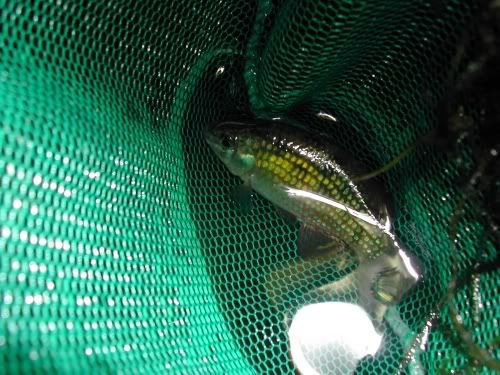A few comments:
Pupfish, in general, do the best when the sight path is short enough to give them some privacy. Heavy planting and wide, shallow tanks are good for that. Large tanks seem to work better than the usual small killifish tanks. 20G lows may be ideal.
Jordanella floridae have a variety of spawning patterns, and I suspect most are aimed at providing the eggs with adequate oxygen and a shallow spot for hatching, so they can easily reach the oxygen-rich sub-surface film.
Eggs that hatched for me in water more than a few inches deep failed to survive. Shallow-water hatching was best. I never had time or inclination to explore this effect further.
Good luck with them. Try to get them into a tank where observations are easier, for I suspect we still have a lot to learn about this genus.
Write up your experiences with them.
Wright
01 760 872-3995
805 Valley West Circle
Bishop, CA 93514 USA









 Reply With Quote
Reply With Quote














Bookmarks